As we mentioned last time, we will talk about animal behavior in detail.
One of the most important animal behaviors we will talk about today is the ingestive behavior of animals which means that when an animal takes in food and swallows it to the digestive system and makes sucking action of the water.

Ingestive behavior definition in simple words means (drinking and eating behaviors).
When we talk about the Ingestive behavior of animals, we need to know first what initiates animals to eat.
Firstly, there are internal and external stimulants that provoke this behavior.
Internal stimulus like the empty stomach of the animal stimulates it to eat while an external stimulus relates to social factors like seeing another animal eating stimulates the willingness of the animal to eat.
The rate of ingestion maintains the amount of food intake.
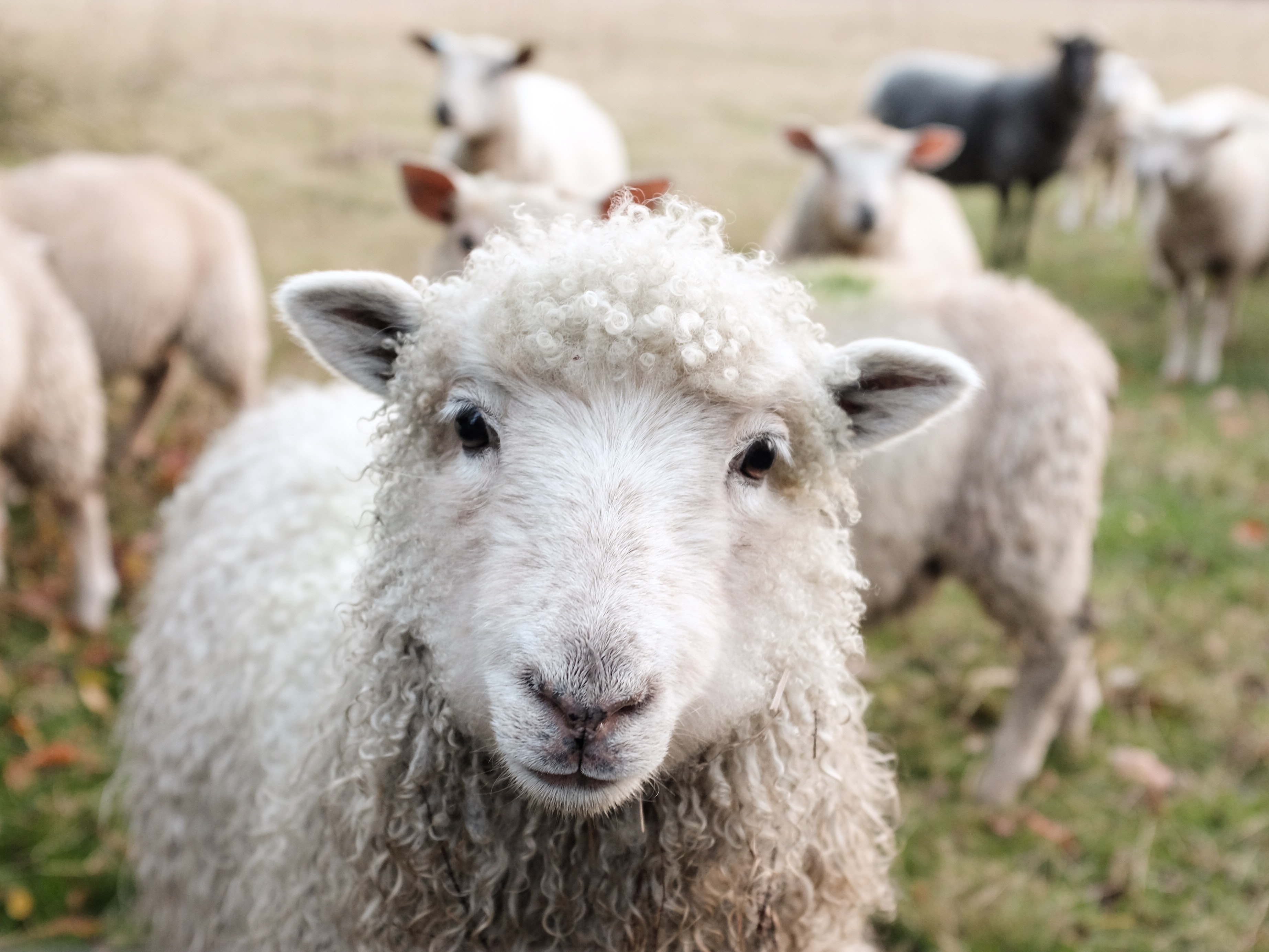
Eating behaviors factors:
The first factors are classified into Factors related to animals and Factors related to food.
Factors related to the animal as:
1-Mouth condition of the animal: for example, broken teeth decrease the rate of mastication so decrease the eating rate.
2-Emotional state of the animal: like a quiet animal state. It is totally different from an animal in fear or disturbed stressed one. All these stress factors will decrease the rate of eating.
Factors related to food would be like:
1-Form of food which is either: pellet food or mash food or powder food.
Powder food decreases the rate of ingestion while pellet food increases the rate of ingestion.
2-Availability of water: If there isn’t enough continuous water supply, animals can’t make ingestion easily. For example, in ducks; ducks must wash their mouths with water because their mouths are always dry.
3-Nutritional value of food: For sure the value of roughage or straw food won’t be the same as pellet food.
We must take care that loss of appetite in animals is a bad sign that determines the animal is weak and sick.
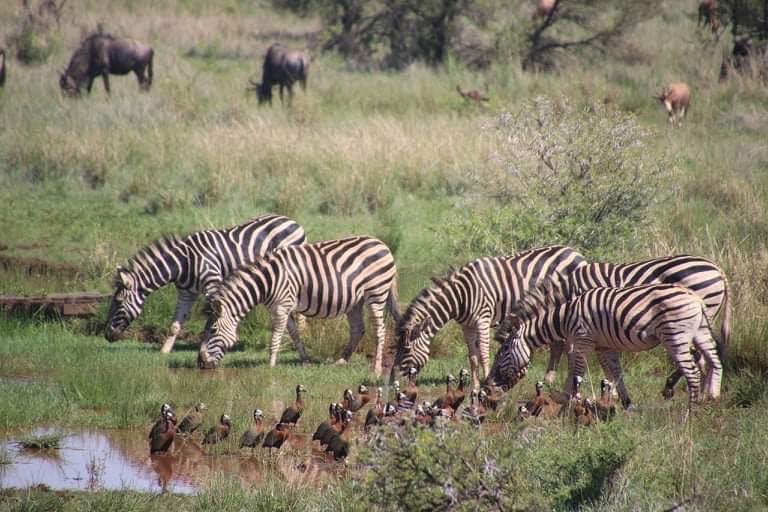
When we deep into animal ingestion methods, we found that it differs from animal to animal.
Now Let’s delve into the Ingestive patterns of different animals:
We start with Ingestive behavior in cattle; first, the cattle make wrapping to its tongue around the food.and makes a jerky movement of the head forward then cuts the grass by the aid of the lower incisors because there is dental bad in the upper jaw and no upper incisors.
While Ingestive behavior in horses differs, The horse bites the grasses with upper and lower incisors. Then makes 3 or 4 bites then moves one step forward and so on.
Ingestive behavior in poultry is fully different from Ingestive behavior in horses and cattle as Chicks make Picking to food while Duck makes cropping according to the shape of the peak. So Ingestive behavior in poultry may differ in the same species.
But fortunately, Some Social facilitation can help to improve the Ingestive behavior of animals:
One of the Social facilitation examples in horses like when a horse prefers to eat from the floor to see all directions between its legs. If we put food in a bucket and the horse puts his head on it, he won’t see anything and it prefers to see things around it while eating. So we can give the horse its food either in the stable on the floor or let it graze but both of 2 ways under certain conditions.
If we choose to put food in the stable where there are other animals. It is preferred to feed all animals at the same time as we talk about external factors on the animal’s eating behavior which stimulate their appetite but taking into consideration to put partitions between animals not to fight on food or make aggressive behavior.
Also from social facilitation examples, food palatability; as horses prefer to eat sucrose and reject sour, or bitter, or salt food.
But if we let the horse graze we must know that the grazing area is 2 types:
1-Over grazed area
which contains small amounts of grass.
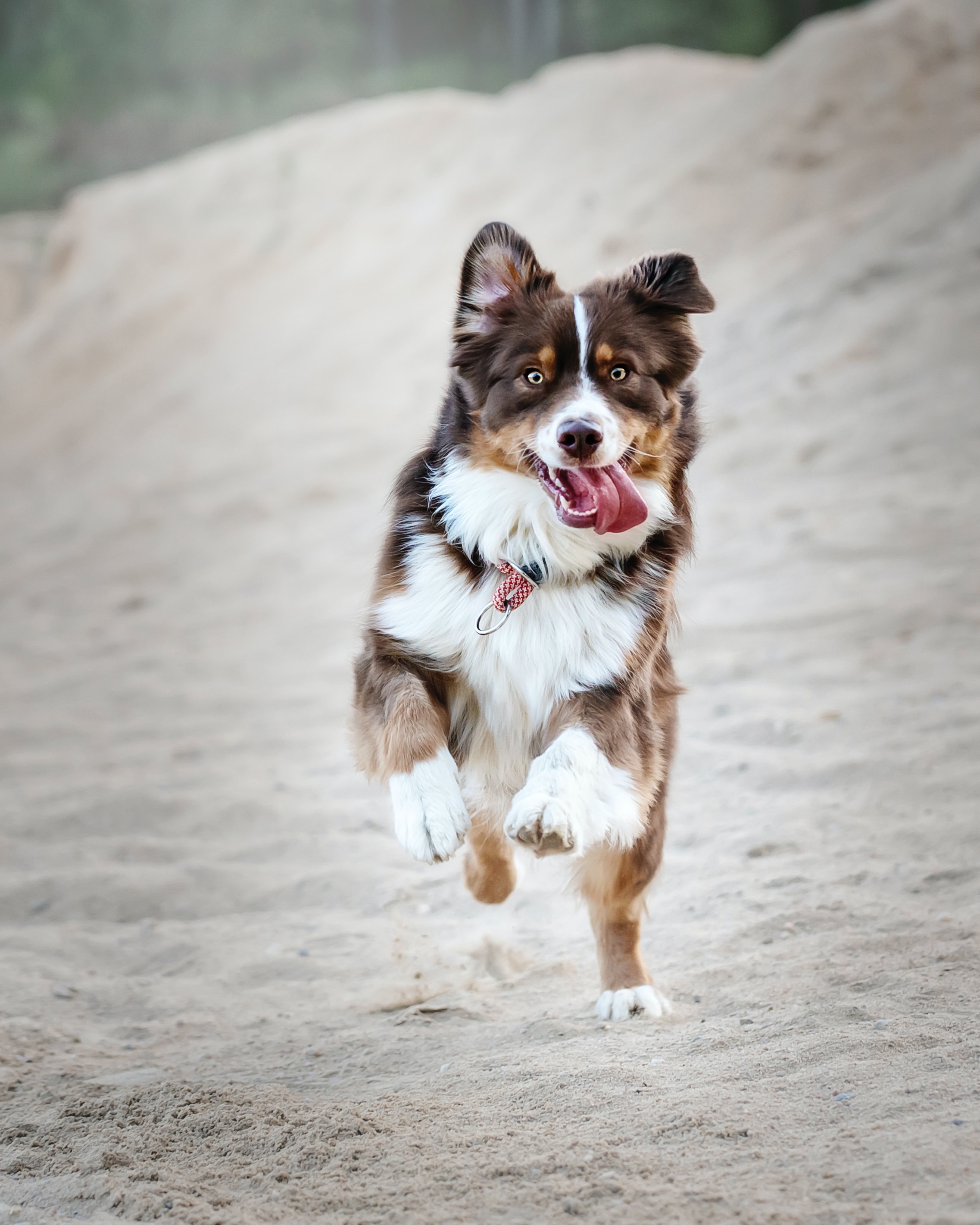
2- Available grazing area
in which there is a large amount of grass. 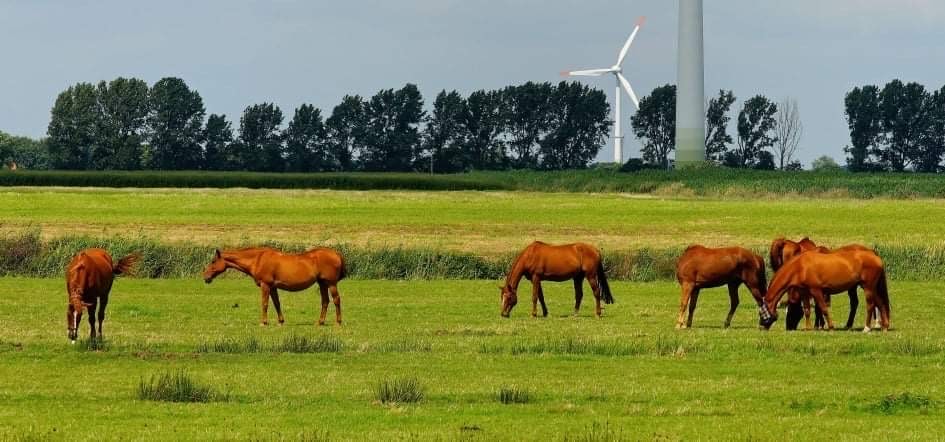
Horse spends 50-80% of its activity in eating per day.also sucks large amounts of water varying from 5-10 gallons
per day.
Horses prefer to eat the top of the grass but if the pasture is overgrazed the horse eats at the level of the ground but avoids contaminated areas with feces of another animal. Horses don’t eat from these contaminated areas unless there is no other available food.
The eating process, as the main factor in Ingestive behavior, is connected tightly with drinking (which is the sucking process of water by animals).
When we looked at it in horses, we found the horse down its head (at the level of nostrils) to the level of water and began sucking.
In wildlife the horse acts more cautiously by drinking some water then raises its head and looking around to determine if there are near enemies then if the horse is resting assured, it continues drinking. Horse drinks from 5-10 gallons of water per day (fresh and clean water).
Talking about animals does not end. How amazing their lifestyles are!
We talked today about Ingestive behavior and some wonderful Ingestive behavior examples keeping the horse as our idol but there are also wonderful stories about Ingestive behaviors in other animals.
Wait for us, our stories never end.

Our dew treats today about the Ingestive behavior of animals, and some patterns of it in different animals how to improve it. These valuable treats can help us feed animals in an appropriate way which is the most important thing in animal raising and also observe abnormalities in this behavior. Join us and enjoy it.
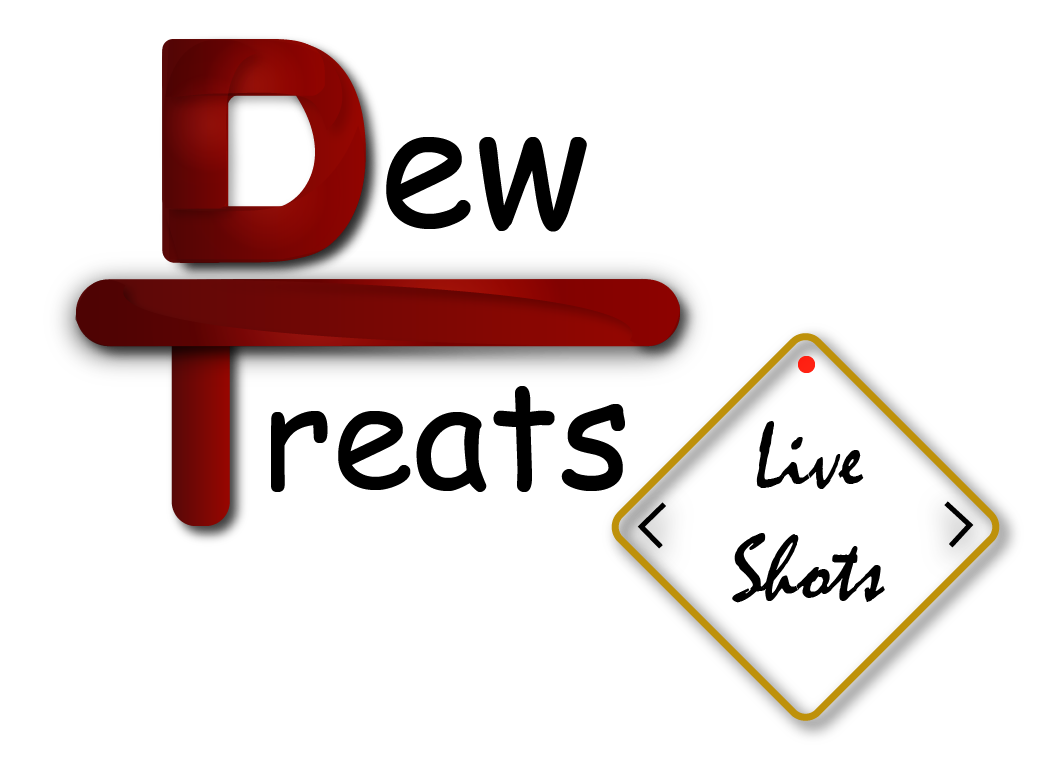


You must be logged in to post a comment.